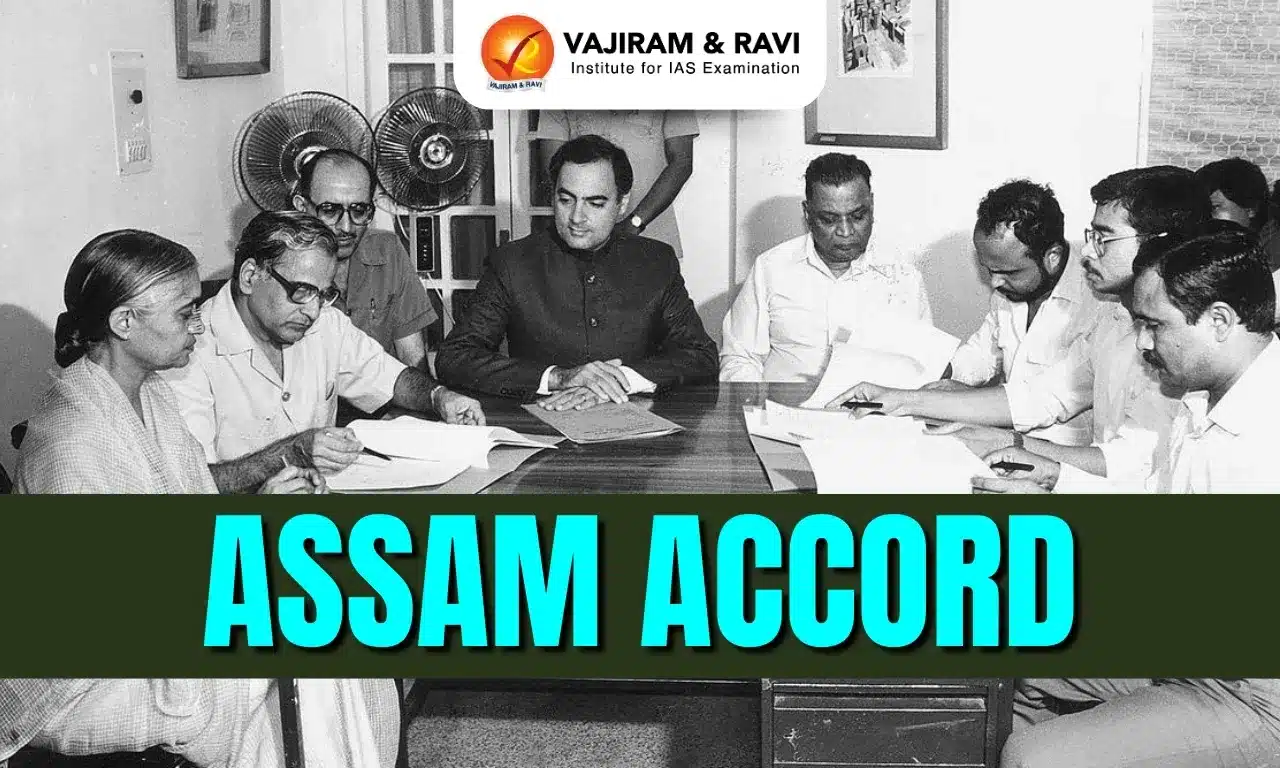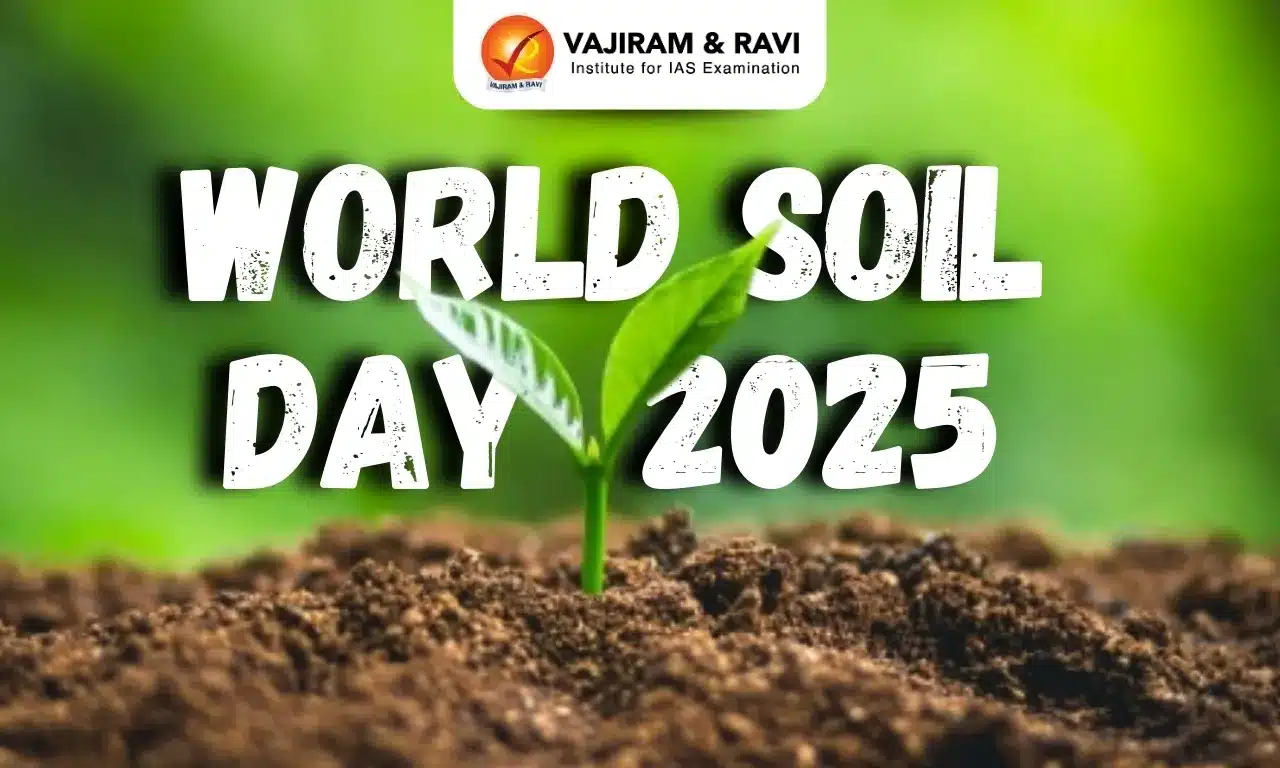About Geospatial Artificial Intelligence
- It is the application of artificial intelligence (AI) fused with geospatial data, science, and technology.
- It is used to accelerate real-world understanding of business opportunities, environmental impacts, and operational risks.
- It is transforming the speed at which we extract meaning from complex datasets, thereby aiding us in addressing the earth’s most pressing challenges.
- How does it work?
- With the help of simple smartphone applications, people can give real-time feedback about the conditions in their surroundings, for example, traffic congestion, the details of it, the peak hours, their experience of it, their rating: low, moderate, or dense.
- The data is then collated, sorted, analyzed and it enhances its accuracy and precision because of thousands of users contributing to the database.
Why is GeoAI important?
- Improve data quality, consistency, and accuracy: Streamline manual data generation workflows by using the power of automation to increase efficiency and reduce costs.
- Accelerate the time to situational awareness: Monitor and analyze events, assets, and entities from sensors and sources such as video to enable quicker response times and proactive decisions.
- Bring location intelligence to decision-making: Make data-driven decisions with real-world awareness. Improve business outcomes with insight from spatial patterns and accurate predictions.
What is random forest technology?
- It is a commonly-used machine learning algorithm which combines the output of multiple data to arrive at a result.
- Researchers use historical data collected from various air quality monitoring stations in a city and apply the random forest algorithm to predict the Air Quality Index.
Q1) What is Geospatial mapping?
Geospatial mapping is a type of spatial analysis techniques that typically employs software capable of rendering maps processing spatial data, and applying analytical methods to terrestrial or geographic datasets, including the use of geographic information systems.
Last updated on November, 2025
→ Check out the latest UPSC Syllabus 2026 here.
→ Join Vajiram & Ravi’s Interview Guidance Programme for expert help to crack your final UPSC stage.
→ UPSC Mains Result 2025 is now out.
→ UPSC Notification 2026 is scheduled to be released on January 14, 2026.
→ UPSC Calendar 2026 is released on 15th May, 2025.
→ The UPSC Vacancy 2025 were released 1129, out of which 979 were for UPSC CSE and remaining 150 are for UPSC IFoS.
→ UPSC Prelims 2026 will be conducted on 24th May, 2026 & UPSC Mains 2026 will be conducted on 21st August 2026.
→ The UPSC Selection Process is of 3 stages-Prelims, Mains and Interview.
→ UPSC Result 2024 is released with latest UPSC Marksheet 2024. Check Now!
→ UPSC Prelims Result 2025 is out now for the CSE held on 25 May 2025.
→ UPSC Toppers List 2024 is released now. Shakti Dubey is UPSC AIR 1 2024 Topper.
→ UPSC Prelims Question Paper 2025 and Unofficial Prelims Answer Key 2025 are available now.
→ UPSC Mains Question Paper 2025 is out for Essay, GS 1, 2, 3 & GS 4.
→ UPSC Mains Indian Language Question Paper 2025 is now out.
→ UPSC Mains Optional Question Paper 2025 is now out.
→ Also check Best IAS Coaching in Delhi

















